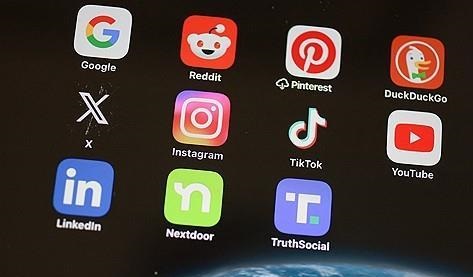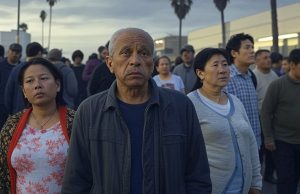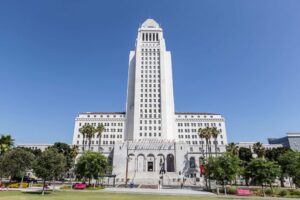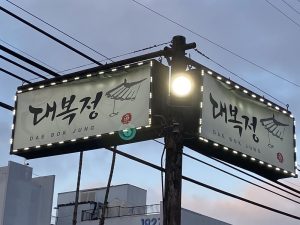Los Angeles has long been mired in urban dysfunction. From the endless homelessness crisis to deteriorating public safety, stalled transportation infrastructure development, and the exodus of businesses and residents, all these problems share a common root cause—the excessive concentration of power in the City Council and the resulting powerlessness of the mayor.
LA’s Distorted Power Structure: Weak Mayor, Strong Council
Los Angeles operates under a “weak mayor-strong council” system. While this structure was originally designed to prevent corruption and distribute power, it has instead created a reality where the City Council wields virtually unchecked authority.
The Council maintains a stranglehold on both budget allocation and policy decisions, with the power to block any mayoral reform initiatives. Even the mayor’s veto power over city ordinances can be overturned by a two-thirds council vote. In essence, while the mayor should be overseeing city administration, the position has been reduced to a largely ceremonial role without substantial authority.
Meanwhile, council members exercise absolute power within their districts and enjoy easy re-election. As a result, the LA City Council has devolved into a collection of “little fiefdoms” driven by local self-interest, where policies are shaped by political gain rather than citywide benefits.
Endless Corruption Scandals
The Council’s unchecked power has led to rampant corruption. Recent years have seen a string of bribery and power abuse cases that expose the rot in LA’s city government:
- In 2020, former Councilman José Huizar was indicted for allegedly accepting hundreds of thousands of dollars in bribes from developers in exchange for project approvals.
- In 2022, former Councilman Mark Ridley-Thomas was convicted on corruption charges.
- That same year, former Council President Nury Martinez resigned after the release of recordings containing racist remarks.
These incidents aren’t mere individual transgressions but evidence of systemic corruption and entrenched privilege within the entire Council.
Policy Paralysis and Administrative Failure
The Council’s monopoly on power directly contributes to policy inefficiency. The homelessness crisis serves as a prime example.
Despite pouring massive resources into addressing homelessness, LA has seen little tangible improvement. Why? Because Council members manipulate budgets to serve their district interests, frequently blocking homeless shelter construction in their areas.
Transportation infrastructure faces similar challenges. While LA desperately needs public transit expansion and road improvements to address severe traffic congestion, the Council’s political entanglements prevent meaningful reform policies from moving forward.
Is There a Solution?
LA stands at a crossroads. Several key reforms are necessary:
- Charter reform to grant the mayor stronger authority. Under the current system, no mayor can effectively check the Council’s power.
- Dispersal of Council power and electoral reforms to reduce incumbent advantages.
- Implementation of stronger oversight and ethical guidelines to combat corruption.
Conclusion: LA’s Decline Will Continue Without Council Reform
The LA City Council has become an obstacle to urban development rather than a facilitator. As long as excessive power concentration, corruption, and administrative paralysis persist, Los Angeles’s problems will remain intractable.
For LA to regain its vitality, this stagnant system must be overhauled. Without structural reforms to limit Council power and grant the mayor real administrative authority, Los Angeles will continue to flounder in a morass of ineffective governance.








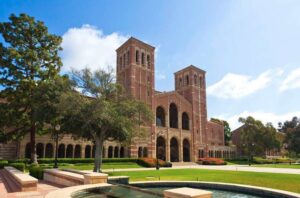

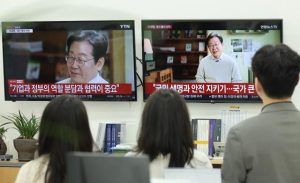







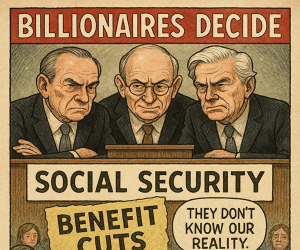


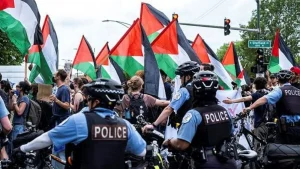






















 10년 전 DUI 기록 문제돼 갑자기 비자취소 통보받아
10년 전 DUI 기록 문제돼 갑자기 비자취소 통보받아 
























